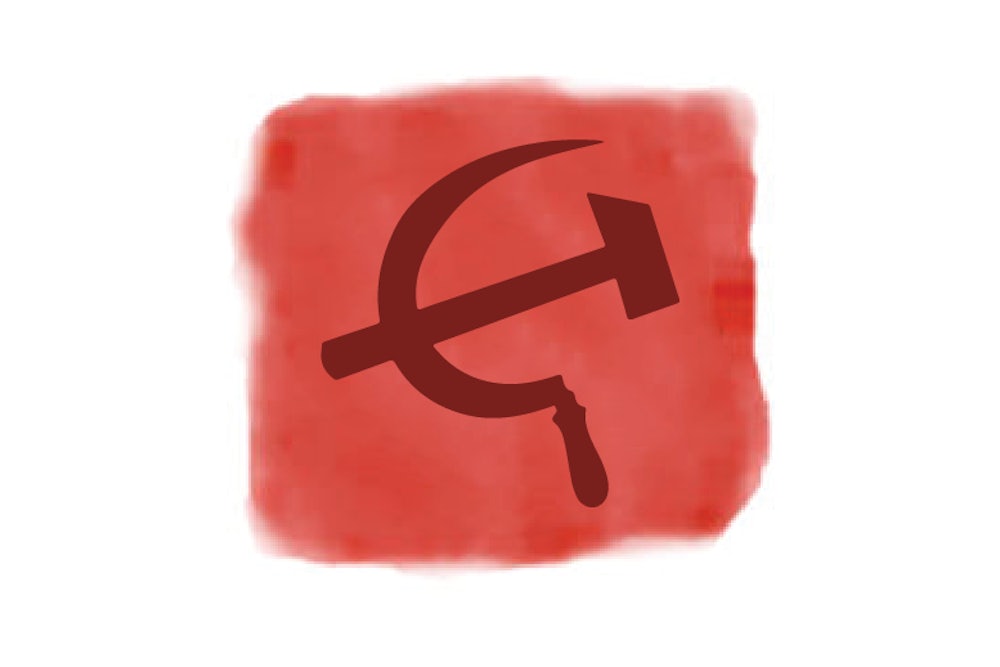One hundred employees of Gawker, the online media site, have voted by a 3-1 margin to unionize. The Writers Guild of America will represent them. Nick Denton, Gawker’s owner, is apparently confused or at least bemused about his own objective class interests: he wasn’t quite a paid organizer of the Guild, but close to it. There is a classic axiom in the labor movement I have written about before: The boss is the best organizer. But that usually means that a bad, capricious boss generates the worker’s anger and then their collective opposition—not that the boss practically begs his workers to form a union.
Denton’s enthusiasm for his worker’s legal right to collectively bargain is unlikely to be replicated among many other managers in the most rabidly anti-union management cohort in the advanced world. Moreover, fascinating as the Gawker story is, the news of this small triumph will not likely stir the hearts of beleaguered American unionists. This is not the 1937 Flint auto workers sit down strike or the 1934 San Francisco general strike or the great national railroad strike of 1877, which terrified capitalists—not a Nick Denton among them—compared to the Paris Commune.
But there are several reasons why these 100 newly unionized employees may have a greater weight than their numbers would seem to indicate. Gawker’s new union might encourage workers at other “new” media workplaces to organize, too.
Yet perhaps even more significant than Gawker’s economic sector is the composition of its workforce. They are writers and editors. Their union drive is strikingly performative—they have enunciated their justifications for their organizing of Gawker in Gawker. And these justifications are not entirely or even mostly regarding specific workplaces grievances. They are, instead, broad arguments on behalf of unions as vehicles of worker empowerment. As Hamilton Nolan, one of the leaders of the organizing drive, put it in announcing the worker’s campaign:
Every workplace could use a union. A union is the only real mechanism that exists to represent the interests of employees in a company. A union is also the only real mechanism that enables employees to join together to bargain collectively, rather than as a bunch of separate, powerless entities. This is useful in good times (which our company enjoys now), and even more in bad times (which will inevitably come).
Nolan and his colleagues are thinking large about the institutional significance and the historical resonance of the labor movement, not just the parochial imperatives of their own shop. This more expansive thinking of intellectuals—or as Robert Reich relabeled them for our age of cultural signification, “symbol analysts”—is both extolled and denigrated with the same word: “idealistic.” Idealism—even when well meaning—has a vaguely contemptuous sound to it, especially at a time when inequality pervades the American political economy. It implies that the musings of disconnected eggheads are gauzy indulgences compared with the material self-interests of “real” workers.
But this is to misunderstand how many powerful variations of self-interest there are. Wishing that the world was more humane, egalitarian, and just—and then acting upon that wish by seeking to form a union—is as self-interested as any worker’s demand for higher wages or a corresponding rejection of that demand by management (And many workers can and do express both kinds of self-interest). Dana Milbank, the Washington Post columnist, embodied this other kind of self-interest in a surprising and moving recent column in which he talked about rejoining his union. Milbank wrote:
I don’t expect to gain much personally from rejoining the union faithful, because I’m in the top decile of American wage earners who have prospered in recent years. I signed up because income inequality, after years of worsening, has reached a crisis — and the decline in union membership is partly to blame. Rejoining the labor movement is my small, symbolic protest.
Yet that “symbolic protest” becomes more than symbolic when it is articulated to thousands of readers.
During the mid-1990s, the energy of John Sweeney’s reformist presidency of the AFL-CIO inspired leftist intellectuals and writers to attempt to re-connect with a labor movement that had spurned the university-based protest movements of the 1960s (and largely had been spurned in turn by New Left activists). Veterans of the civil rights and anti-war struggles who had become academics created SAWSJ—Scholars Artists and Writers for Social Justice. SAWSJ put together a terrific conference at Columbia in 1996, featuring keynote addresses by, among others, Betty Friedan (a former union staffer herself with the radical United Electrical workers union), Richard Rorty, and Cornel West. I was there and remembered thinking that something powerful and durable might be imminent—a unification of the head and the hand. But SAWSJ was short-lived; one got the feeling that, even though the insurgents in Sweeney’s AFL-CIO appreciated the advocacy of the intellectuals, they were never quite sure what to do with them.
The staff at Gawker has addressed that dilemma. It is not a question of intellectuals, writers and post-modern symbol analysts doing something for unions. It’s, rather, a question of them doing something for themselves at their various workplaces. They can take their self-interested desire for a social justice that goes beyond their own immediate material needs and use it to organize unions: grad students, professors, new media, old media. The best thing intellectuals can do for the labor movement is also the best thing they can do as individual workers: come together, form a union, and then shout it out to the world.
Correction: A previous version of this article stated, "As several commentators and Gawker’s own writers have pointed out, this is the first unionized shop in the online media segment." In fact, at least one other online media organization—Truthout—had previously unionized.
